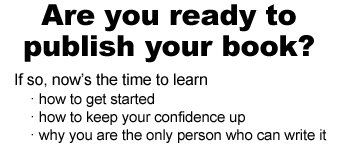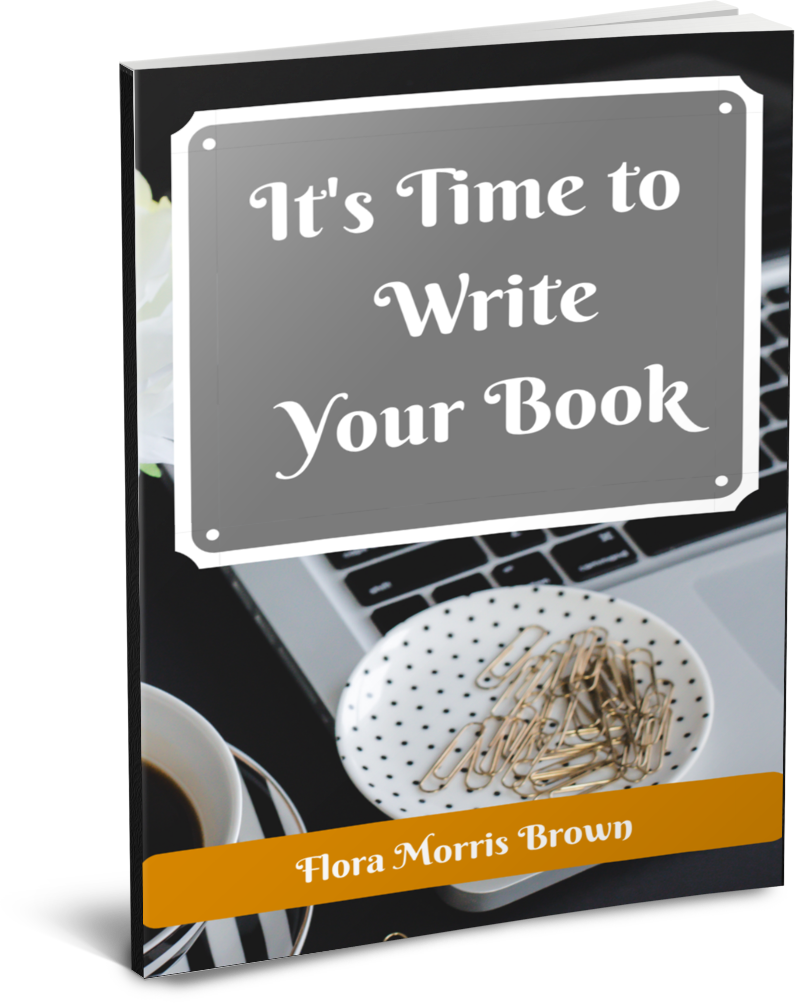 The most common question asked by aspiring writers/authors is “how do you find time to write?”
The most common question asked by aspiring writers/authors is “how do you find time to write?”
Newsflash
You don’t have to find time. You already have it. 168 delicious hours of it, in fact.
Everyone of us has exactly the same amount.
So, the real question is “How do you organize your time?”
Sorry I don’t have a profound answer nor a magical incantation, but I do have an answer.
You want to write a book, an article, a poem or a blog post?
Try the Two Step Method
You must put BIC and FOK.
Step 1: BIC=Butt in Chair
Even if you did nothing else but sat in a chair for a minimum of two hours a day,
you would get your writing done, provided you ignored distractions of course.
Like actors scampering across a stage, the ideas would eventually flow. You
would have trouble getting them down before they disappeared.
I know what you’re thinking. What about if no ideas or words come?
Still sit there for two hours. The human brain cannot tolerate that much
quiet without thinking thoughts eventually.
Jeff Goins expands on this idea in his article The Minimalist Secret to Productive
Writing. He even displays a photo of a chair in case you needed help with identifying one.
Step 2: FOK=Fingers on Keyboard
You will need to take this step as soon as those ideas begin to
flow since they are apt to make only one appearance.
Feel free to modify this one if you write by longhand or record
your thoughts, or use some other technique.
The bottom line is that you must capture your thoughts, put
them into words, and most important, don’t edit for now.
If you were hoping for something more profound, I’ve listed what a
a few other writers have said about making time to write.
- Crannying: Finding the time to write – Dangers Untold and Hardships …
- With so many distractions, how do you make time to write? | Poynter.
- Carmen DeSousa: You Must Make Time to Write: #AmWriting …
Tell me about your experience with the Two Step Method.










